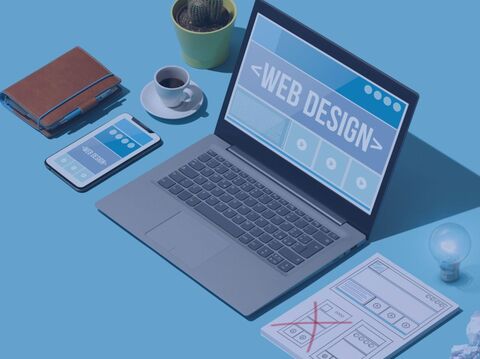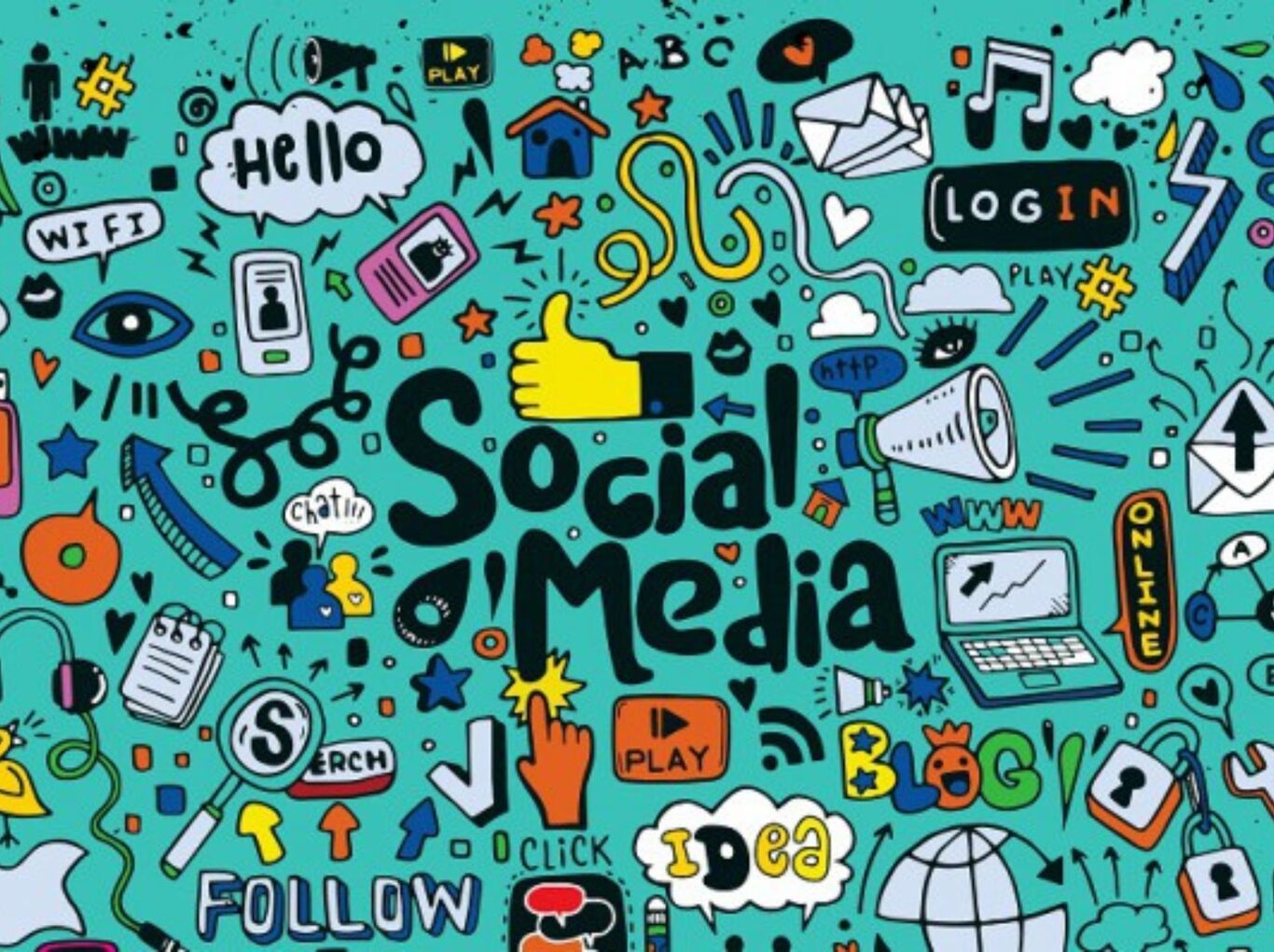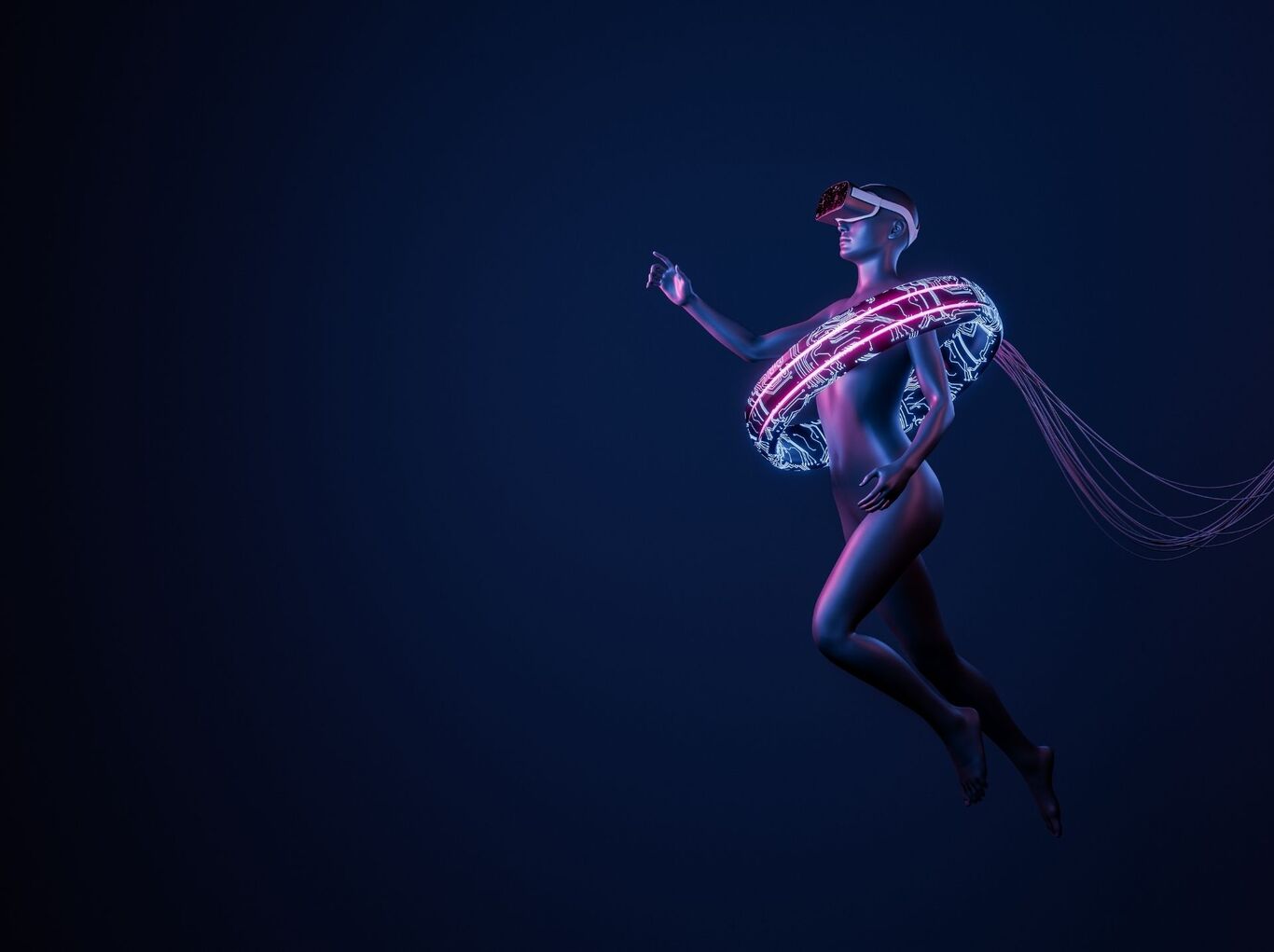The Power of Simplicity in Design: Why Minimal Design Matters

We must confront one truth: simplicity is not a fad. It's a culture that sees the universe with different eyes. From our devices to the websites we visit, minimalism guides us.
What is not included is a result of careful planning. So, minimalism allows using products that can offer richer experiences.
In this blog, we’ll discuss the primary characteristics of minimalistic designs and their benefits.
What is the Meaning of Minimalist Design?
Minimalism is defined as "the art of more with less." It is about simplification. It eliminates all extraneous information in a design and retains only that which is required to execute a design.
This does not mean that an organisation is dull or uncreative. On the contrary, it still entails more ingenuity to make that loud statement with more subtlety.
Minimalism as an art style goes back to 20th-century movements like De Stijl and Bauhaus. They focused on functionality using simple elements, like geometric shapes, clean lines, and a few colours.
Today, minimalist design is everywhere—from architecture and interiors to branding and graphic design.
A Google survey showed that people find simpler websites more visually appealing than those with complex image layouts.
It is not just beauty that is preferred here, but something called cognitive fluency. Our mind interprets simple, clear styles better than the complex ones, that’s why the minimalist web templates and interfaces have become so popular today.
Defining Elements and Characteristics of Minimalist Design
To explain the concept of minimalist design further, it is important to define some of its primary attributes.
These characteristics make a design minimalist and can apply to minimalist branding, interface design, and product design:
-
Simplicity
The core of minimalist design is keeping it simple. It means removing anything that doesn’t have a purpose or add value.
It’s about being intentional, making sure every part of the design has a clear reason to be there.
-
Use of Space
Negative space, also known as white space, is also a common technique used in minimalist design. It assists the critical components within the design to be'seen’ because they can expand into open space.
This way, it does not cause the design to become messy and overcrowded while allowing people to single out what stands out.
-
Limited Colour Palette
Minimalist designs use a limited colour palette. It may include black, white, and grey.
At other times, an artist uses a solitary, loud colour to draw attention to something while keeping the rest of the piece minimalist.
-
Clean Lines and Shapes
Basic shapes and straight lines are typical in minimalist design.
These keep the design looking clean and straightforward, adding to its overall simplicity and practicality.
-
Functionality First
While looks are important, minimalist design always puts functionality first. The design needs to work well and be easy to use.
Its beauty comes from how efficiently it serves its purpose.
Examples of Minimalist Design
Minimalist design can be seen in various forms, from products and packaging to digital interfaces and architecture.
Here are a few notable examples:
1. Apple Products
Apple is an example of a minimalist company, and for good reason. Their products are simple and elegant; for instance, iPhones' simple designs. In addition to the absence of additional buttons and irrelevant UI elements in their devices.
It demonstrates how minimalist design can produce delightful and useful investment commodities.
2. Muji
Muji, a retail fashion company in Japan, emphasises minimalism and usability. In their design, they prioritise quality fabrics rather than shiny ornaments. This approach is utilitarian, with a premium on raw function and without wild fancy or embellishment.
3. Google Homepage
The Google search page is a perfect example of minimalist web design. It’s clean and uncluttered, with the search bar as the main focus.
This simple design makes Google easy to use and instantly recognisable.
4. IKEA
IKEA’s furniture often reflects minimalist principles. Their designs are functional and affordable.
By focusing on practicality, like their flat-packed furniture, IKEA shows how minimalism can make products more user-friendly.
5. The Noun Project
The Noun Project offers minimalist icons for designers. Each icon represents complex ideas in a simple form.
This platform is a great example of how minimalism can communicate information clearly and effectively.
Advantages of Minimalist Design for Brands
Ironically, simplicity eliminates aesthetics from the equation. In digital marketing, product design, or branding, minimalism bestows a brand with focused clarity. This leads to a more comfortable customer interaction.
By keeping things simple, brands can communicate with clarity and leave a lasting impression.
-
Clear Brand Message
Simplicity in branding makes your message stand out. It leaves no room for anything but the subject, the core concept or message of whatever is being designed.
It helps your audience understand your brand’s message quickly.
-
Improved User Experience
In digital spaces, a minimalist user interface can make a big difference. A clean and simple layout is easier to navigate.
It improves user satisfaction and encourages engagement with your website or app.
-
Timeless Appeal
Minimalist designs tend to last longer. This is because they are simple and do not provide unnecessary gadgets that will only tend to go out of fashion after a few years. This makes your brand look classical and can remain relevant for years; this makes it essential to embrace it.
-
Cost-Effective
To be quite honest, having a minimalist design is more affordable in the long run than an extravagant design. Since less is being done to create the elements that make up a block of code, the cost may be lower than for more complex designs.
It makes it an ideal market for brands that want to keep up with quality at the same time keeping cost under check.
-
Faster Load Times
Also, for the digital platform, the simplicity of the site design suggests that the page can load faster.
Less components imply less data load, which in turn enhances the speed of your site or application to satisfy users.
How to Make a Minimalist Design for Your Brand
Once you've decided to adopt minimalism into your brand’s design, do not look at it as a matter of elimination. Instead, it is the final necessary step of design to leave a simple design that is functional.
Here’s a step-by-step guide to help you create a minimalist design:
Step 1: Identify Core Elements
To design the brand, identify some features and how they relate to the customers. These could be your logo, product images or your key messages. This is especially important because they need to be popular among the users.
Pay particular attention to these aspects and remove anything that is not necessary in terms of value.
Step 2: Use a Limited Colour Palette
Choose colours that complement your brand image. Neutral colours are in demand, often with a splash of bright colours at strategic positions.
Step 3: Emphasise Negative Space
Remember to leave blank spaces on your design. It prevents excessive use of space and emphasises critical sections.
This makes the layout minimalistic and simple to navigate through.
Step 4: Choose Simple, Clean Typography
Opt for simple, easy-to-read fonts. Avoid decorative fonts that could distract from your message. The goal is clarity and simplicity.
Step 5: Prioritise Functionality
Basically, your design needs to remain practical and easy to navigate. Each item must have objective; therefore, it is necessary to decide whether it will be needed for navigation or to draw attention to some data.
From the minimalist point of view of web design, the most important aspect is to ensure that all components are smooth and functional without frills.
Step 6: Test and Refine
After coming up with your design, try sharing it with the target users. Who is using it – and how is it being used? Implement feedback to enhance the design making it as effective as possible.
Wrapping Up
Brands that embrace minimalism often find that their designs are more versatile, timeless, and effective in communicating their core message.
Minimalism can help your design be both beautiful and functional. It works for websites, product packaging, and brand logos.
In a world full of info and choices, minimalism is a breath of fresh air. It cuts through the noise and lets your brand communicate clearly. It creates a trusted connection with your audience.
Trust GrowthJockey to bring out the best in your brand through simplicity and minimalism.
FAQs
1. What is a minimalist design style?
A minimalist design style focuses on simplicity. It uses only the essential elements to create a clean, uncluttered look.
2. What is the minimalist design theory?
The minimalist design theory is based on “less is more.” It stresses using simple forms, a few colours, and clean lines to create functional designs.
3. What are the principles of minimalist design?
The principles of minimalist design include simplicity, the use of negative space, a limited colour palette, clean lines and shapes, and a focus on functionality over form.
4. How can minimalist design improve user experience?
Minimalism enhances UX since the users can stress the meaningful components of the design. This results in better control of the way the design is being used.
5. Why is minimalist design considered timeless?
Minimalism is timeless because the concept can avoid trends, and thus, the possibility of the design becoming obsolete is rare.
6. How does minimalist design impact brand identity?
Minimalist design, at its core, can aid brand growth. It can help develop and maintain a brand image. It also makes brand image easily memorable and easily recognisable by the ordinary consumers.








